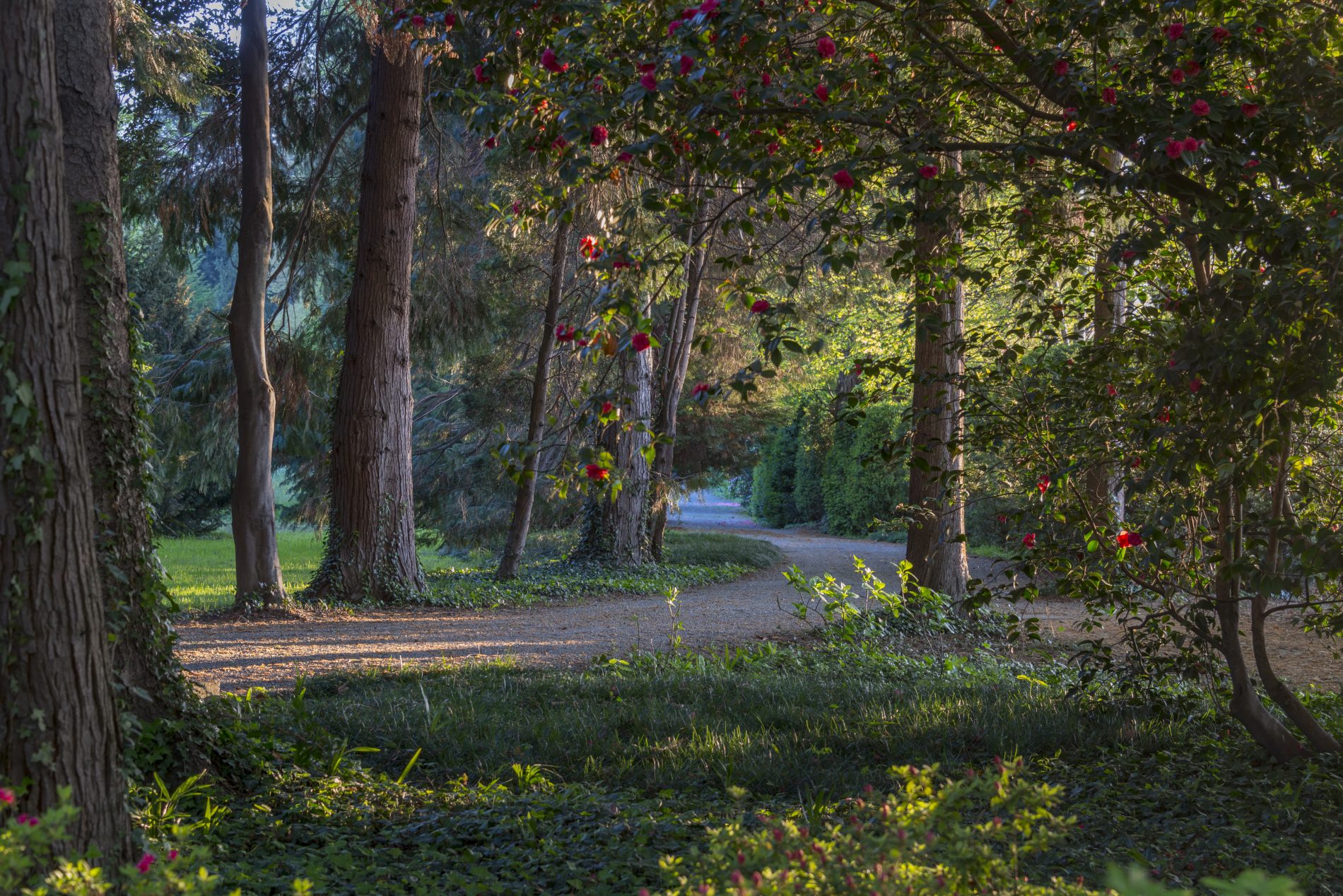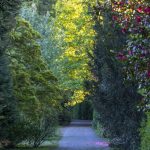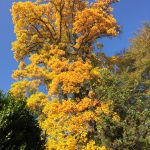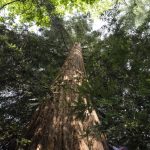Monumental Trees and Century-Old Hedging
The old avenue is lined with boxwood hedges. In the nineteenth century, hedging was used as a compositional element to draw visitors towards the outlying areas of the garden, while separating the avenue from more silent and secluded areas. When carriages travelled down the avenue, the dense foliage and branches stopped small animals from popping out suddenly and frightening the horses.
The park vaunts as many as five monumental trees (the Ginkgo Biloba, the Taxodium distichum or bald cypress, the yew, the European hornbeam, and the tulip tree). A tree is said to be monumental when, for its size, longevity, rarity, or historical, natural or architectural interest, its heritage value is formally recognized by law.
One of the monumental trees is sited along the avenue—the Liriodendron or tulip tree, alongside other century-old specimens, including a rare Fagus sylvatica ‘Asplenifolia’, or fern-leaved beech, and a redwood.
Sul tuo smartphone usa due dita per muovere e zoomare la mappa.





